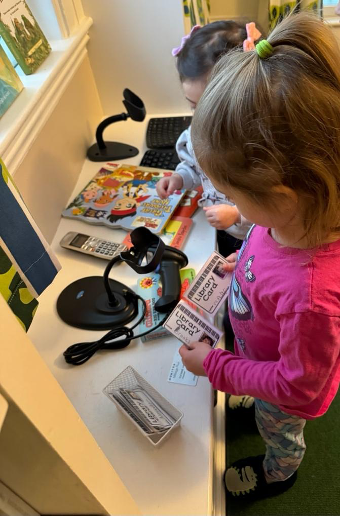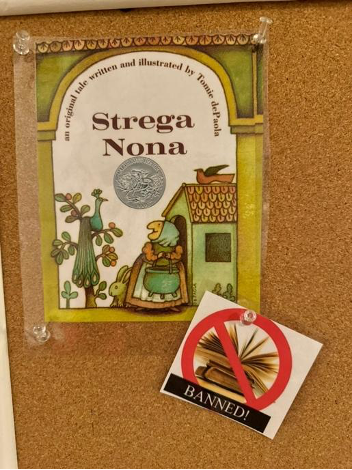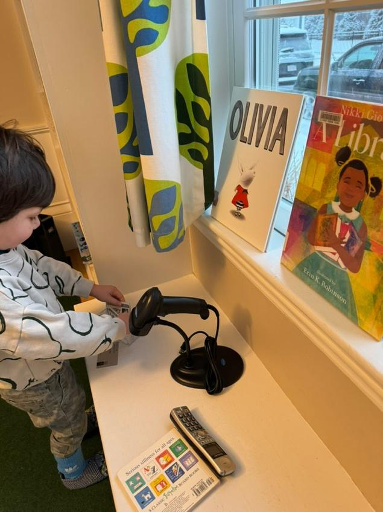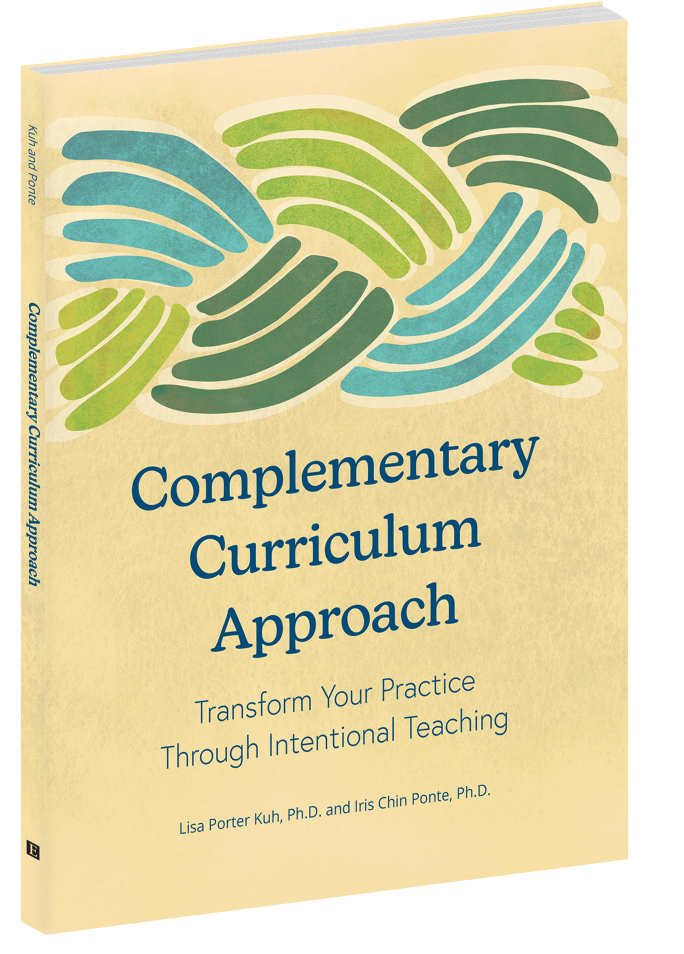Students care deeply about what is happening in their world and are interested to know how they can help. Books are one way to expose children to relevant content, validate their questions and thinking, and engage children in discussions about their world. As we prepare for a new administration, concern regarding book banning is increasing. In Iris’ school community in the Boston area, she hadn’t given much thought to the issue of banned books. In their school, teachers and children read and share books that are important to children’s areas of inquiry. They are fortunate to have never felt limited or silenced. But there are schools across the country where this is not the case.
We at Complementary Curriculum became deeply disturbed about what is happening to children, teachers, and their access to important books when attending the 2023 National Conference for Early Education and Care of Young Children. At this conference we listened to a panel discussion about the experiences of teachers living in states where book banning has become a serious problem. Loved titles such as Strega Nona, by Tomie dePaola, and The Family Book, by Todd Parr along with many others have been removed from many early education classrooms in our country!
In the 2023-2024 school year alone, PEN America has counted more than 10,000 book bans in public schools. And everywhere, it is the books that have long fought for a place on the shelf that are being targeted. Books by authors of color, by LGBTQ+ authors, and by women. Books about racism, sexuality, gender, and history. We connected with the Texas Freedom to Read Project to find out more ways to get involved. Our teachers got right to work to bring the topic into our classroom.
The Texas Freedom to Read Project taught us to:
- support the freedom for all students’ to have access to books they see themselves reflected in, and to read stories about experiences and identities very different than their own.
- believe students, who are autonomous human beings, are constitutionally entitled to select books of their choosing. We also recognize that not all reading materials are appropriate for all children at every age.
- trust educators and librarians to partner with parents to ensure developmental and age appropriate access to information and books in the public school setting.
- honor individual parents’ rights to monitor and regulate their own child’s access to materials, but do not believe those rights extend to any one else’s child.
- that no one parent should have the ability or right to restrict or prohibit access of information or ideas, they may find disagreeable, from all students.
At Iris’ school, the topic of book banning became an inquiry-based investigation. Children and families jumped on board to explore the importance of libraries and access to all books. We visited our local library to talk to librarians about what else we can do as a school community to protect books. After the visit, teachers created a library in the dramatic play area complete with book scanners, shelves, and library cards. On the classroom shelves teachers created tray and basket opportunities to interact with books that have already been banned in other states. Some of the choices included, a Todd Parr Feelings card activity, making bookmarks, an opportunity to use real stamps from a librarian’s desk, and creating our own library cards with children’s photographs. Explicit Presentations included writing letters to local organizations supporting teachers in states where books are banned, learning about voting and setting up our own voting booth at school, and our culminating experience was creating a public bulletin board for families to view.

The community bulletin board was a group effort. Every child chose their favorite book that had been banned. Each child was invited to explain to the class what they loved about the book. The children’s words were documented and typed up. Teachers then copied the front cover of the banned book and included the children’s words about the book.

The board was on display first in the classroom for the school community to view and then was moved to the local library for a larger community to experience. Many local families viewed the bulletin board and were impressed that young children could have such deep thoughts about books and what the stories meant to them. As a result, our school community learned that we can learn more, take action, and VOTE to make change.


